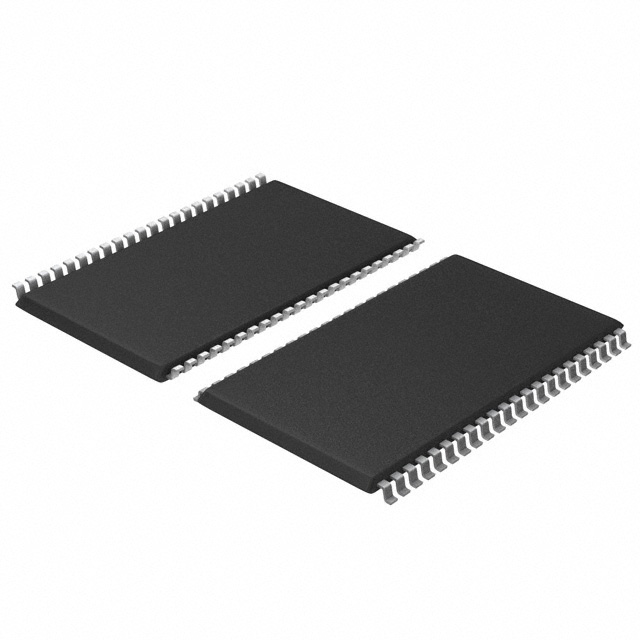70V3579S4BC
Manufacturer No:
70V3579S4BC
Manufacturer:
Description:
IC SRAM 1.125MBIT PAR 256CABGA
Datasheet:
Delivery:





Payment:




In Stock : 0
Please send RFQ , we will respond immediately.









70V3579S4BC Specifications
-
TypeParameter
-
Supplier Device Package256-CABGA (17x17)
-
Package / Case256-LBGA
-
Mounting TypeSurface Mount
-
Operating Temperature0°C ~ 70°C (TA)
-
Voltage - Supply3.15V ~ 3.45V
-
Access Time4.2 ns
-
Write Cycle Time - Word, Page-
-
Memory InterfaceParallel
-
Memory Organization32K x 36
-
Memory Size1.125Mbit
-
TechnologySRAM - Dual Port, Synchronous
-
Memory FormatSRAM
-
Memory TypeVolatile
-
DigiKey ProgrammableNot Verified
-
PackagingTray
-
Product StatusActive
-
Series-
The 70V3579S4BC integrated circuit (IC) chips have several advantages and application scenarios, which include:1. High Performance: These IC chips offer high-speed operation and provide excellent data transfer rates, making them suitable for various high-performance applications.2. Large Storage Capacity: The 70V3579S4BC chips have a large storage capacity, allowing them to store a significant amount of data and information.3. Versatile Applications: These IC chips can be used in a wide range of applications such as telecom infrastructure, network switches, routers, data centers, storage arrays, and other high-speed communication systems.4. Power Efficiency: The chips are designed to be power-efficient, helping to reduce energy consumption and improve overall system efficiency.5. Scalability: The 70V3579S4BC chips offer scalability options, allowing them to be used in various system architectures and configurations.6. Reliability: These IC chips are known for their high reliability, ensuring consistent performance and minimizing the risk of system downtime.In summary, the 70V3579S4BC integrated circuit chips are suitable for high-performance applications that require large data storage capacity, power efficiency, scalability, and reliability. They find extensive use in telecommunications, networking, and data center environments.
70V3579S4BC Relevant information
-

CY7C1051H30-10ZSXIT
Infineon Technologies -
EM008LXOAB320CS1R
Everspin Technologies Inc. -
S25HS01GTDPMHB010
Infineon Technologies -
MT60B4G4HB-56B:G
Micron Technology Inc. -
CY15B104QI-20BFXIT
Infineon Technologies -
CY15V104QI-20BFXIT
Infineon Technologies -
CY15B104QI-20LPXIT
Infineon Technologies -
CY15B104QI-20LPXCT
Infineon Technologies -
CY15V104QI-20LPXCT
Infineon Technologies -
CY15V104QI-20LPXIT
Infineon Technologies






